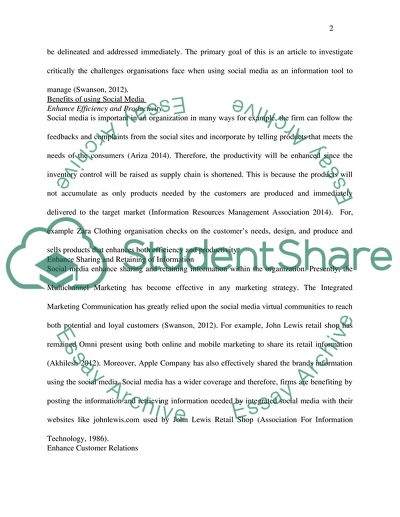Cite this document
(Current Challenges of Using Social Media Dissertation, n.d.)
Current Challenges of Using Social Media Dissertation. Retrieved from https://studentshare.org/media/1866183-social-media
Current Challenges of Using Social Media Dissertation. Retrieved from https://studentshare.org/media/1866183-social-media
(Current Challenges of Using Social Media Dissertation)
Current Challenges of Using Social Media Dissertation. https://studentshare.org/media/1866183-social-media.
Current Challenges of Using Social Media Dissertation. https://studentshare.org/media/1866183-social-media.
“Current Challenges of Using Social Media Dissertation”, n.d. https://studentshare.org/media/1866183-social-media.


